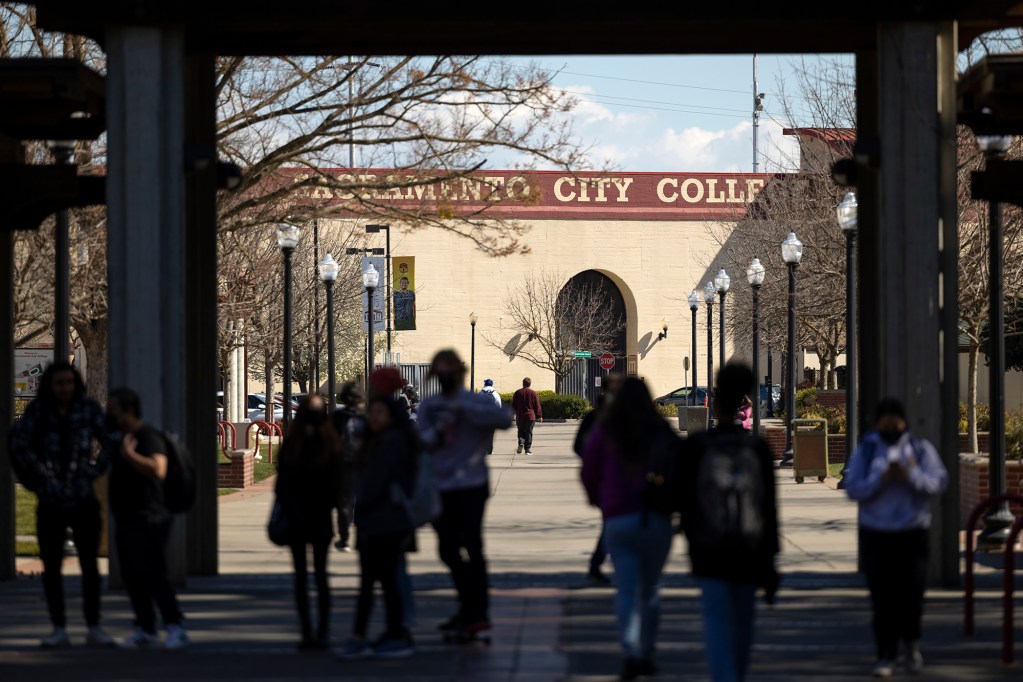California’s Master Plan for Higher Education, adopted 64 years ago, envisioned that three systems — the University of California, California State University and dozens of community colleges — would cooperatively, seamlessly and inexpensively generate the educated citizenry and workforce a rapidly growing state needed.
The plan assumed that community colleges — eventually numbering more than 100 — would provide sub-professional job training to some students while preparing others for transfers to four-year schools.
The state colleges (later state universities) would train teachers, engineers, accountants and other professionals and award master’s degrees in some fields.
The University of California would admit students with especially high potential, educate them in scientific and other complex fields up to the doctorate level and conduct research.
It didn’t quite work out that way.
The three systems often have been more competitive than cooperative, particularly when vying for money from governors and state legislators. They’ve erected barriers that make transfers difficult and squabble over academic turf.
Community colleges, for instance, have encountered stiff opposition from the state university system as they sought legislative permission to award four-year degrees in some fields, while the state universities have faced equally tough resistance from the UC system to their efforts to award doctorate degrees.
The master plan’s assumption that higher education in California would be inexpensive to students also has taken a beating as other programs and services claimed ever-larger shares of the state budget.
That’s been particularly true since 1978, when the passage of Proposition 13, California’s iconic property tax limit, forced the state to become the major source of financing for K-12 schools, a role that a 1988 ballot measure, Proposition 98, lodged into the state constitution.
The current state budget allocates more than $81 billion to K-12 schools while higher education would get less than $24 billion. UC estimates that a year of attendance at one of its campuses costs about $45,000.
Finally, students who seek to transfer from community colleges to either a UC campus or a state university face daunting barriers because the three have differing notions of how that should occur, as a new report from state Auditor Grant Parks underscores.
“Although most transfer students who applied to CSU and UC gained admission to at least one campus in those systems, CCC students still struggle to transfer,” Parks said in a letter summarizing his agency’s audit. “Only about 1 in 5 students who began community college from 2017 to 2019 and intended to transfer did so within four years, and transfer rates were even lower for students from certain regions and demographic groups. The vast majority of students who did not transfer never reached the point of applying to CSU or UC, mainly because they had not earned enough units.”
Parks suggests that community colleges could make transfers easier with counseling and giving students “a clear roadmap,” but he points out that “another barrier to transfer is the variation in transfer requirements across and within the three systems, which makes the process difficult for students to navigate.”
There’s nothing that would prevent the three systems from reducing the barriers to transfer that Parks cites, but they have taken only fitful and obviously inadequate steps in that direction.
Parks’ report is only the latest bit of evidence that the 1960-vintage master plan never worked out as planned and needs a thorough overhaul if its rosy vision is to even approach reality.
Although the plan’s deficiencies have been obvious for years, neither governors nor legislators have expressed interest in making needed changes, because the politics of dysfunction are so daunting.

